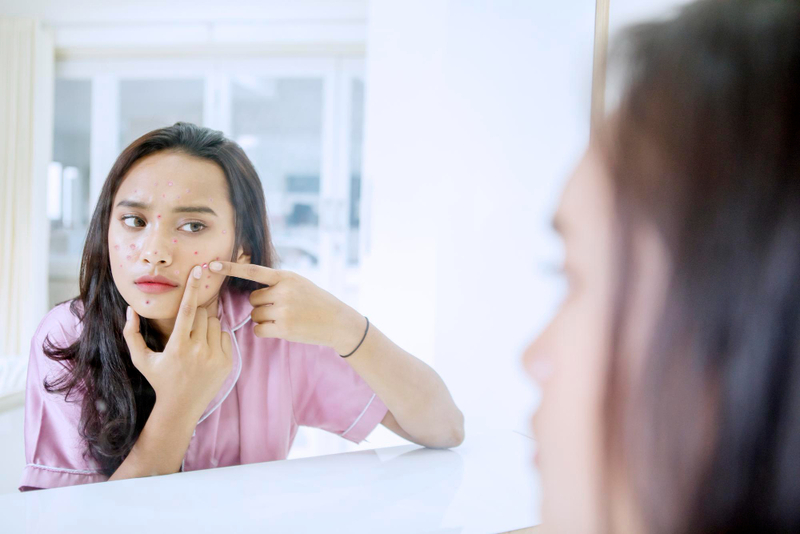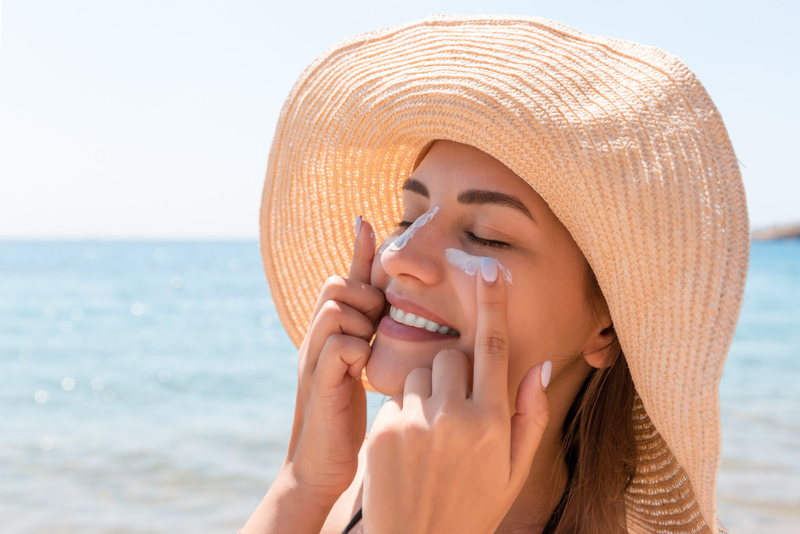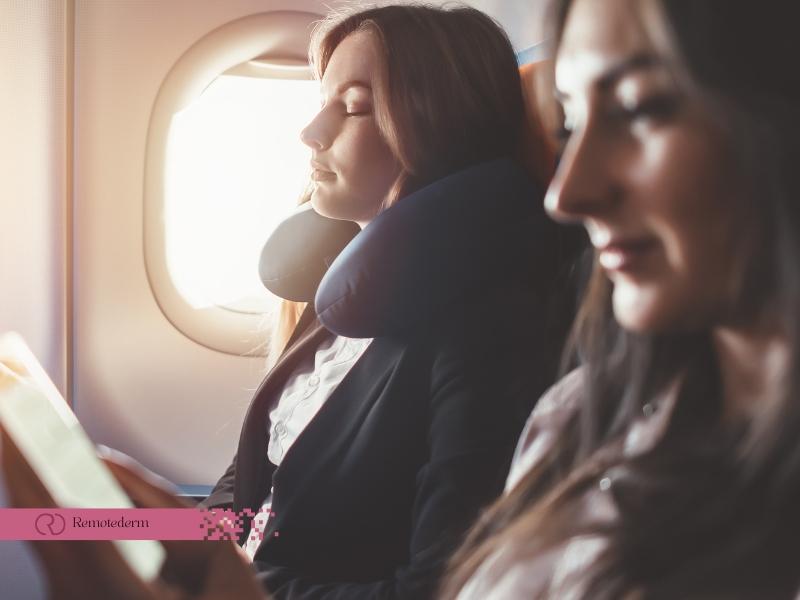Embarking on a journey should be an exciting experience, but for those dealing with acne, it can also present unique challenges. This comprehensive guide will provide you with a deeper understanding of acne, the impact of travel on your skin, and practical tips to manage acne while traveling. Whether you’re dealing with whiteheads, blackheads, pimples, nodules, or cysts, this guide will help you choose the right skincare products and routines. From maintaining a consistent skincare routine, to eating a healthy diet we’ve got you covered.
Understanding Acne
Acne is a common skin condition that affects millions of people worldwide. It occurs when hair follicles become clogged with oil and dead skin cells, leading to the formation of blemishes on the skin. These blemishes can take various forms, including:
Whiteheads: These are closed clogged pores. They appear as small, round, white bumps on the skin’s surface. Whiteheads are caused when excess oil and dead skin cells block the pore, leading to a buildup of these substances under the skin.
Blackheads: These are open clogged pores. They appear as small, dark spots on the skin’s surface. The dark color is not due to dirt, but rather to the oxidation of the substances clogging the pore when they are exposed to air.
Pimples: Also known as pustules, these are papules with pus at their tips. They occur when the walls of the pore break down, leading to an inflammatory response from the body. This results in the red, swollen bumps filled with pus that are commonly associated with acne.
Nodules: These are large, solid, painful lumps beneath the surface of the skin. They occur when clogged pores experience further irritation and grow larger. Unlike pimples, nodules are hard to the touch and are embedded deep within the skin.
Cysts: These are painful, pus-filled lumps beneath the surface of the skin. They are similar to nodules, but are filled with pus. Cysts represent the most severe form of acne and can lead to scarring if not properly treated.

Understanding the different types of acne blemishes is the first step towards effective treatment. Each type of blemish requires a different approach to treatment, and understanding the difference can help you choose the right skincare products and routines.
The Impact of Travel on Acne
Traveling can exacerbate acne due to various factors. These factors can be broadly categorized into changes in climate and humidity, stress from travel arrangements, and disruption in skincare routine:
- Changes in climate and humidity: Different climates can affect your skin differently. For example, dry climates can cause your skin to produce more oil, which can lead to acne.
- Stress from travel arrangements: The stress of planning and executing a trip can cause hormonal fluctuations that can exacerbate acne.
- Disruption in skincare routine: Traveling can disrupt your regular skincare routine, which can lead to breakouts.
Managing Acne While Traveling
Traveling can be an exciting experience, but it can also pose challenges for those dealing with acne. Here are some comprehensive tips to help manage acne while traveling:
Maintain a Consistent Skincare Routine
Even while traveling, try to stick to your regular skincare routine as much as possible. This includes cleansing, toning, treating, and moisturizing your skin twice a day – once in the morning and once at night. Additionally, remember to exfoliate your skin at least once a week to remove dead skin cells that can clog pores and lead to breakouts. Also, don’t forget to change your pillowcase regularly as it can harbor oil and bacteria that can exacerbate acne.
Stay Hydrated and Maintain a Healthy Diet
Drinking plenty of water and eating a balanced diet can help keep your skin healthy. Hydration is key to maintaining the health of your skin. It helps to flush out toxins from your body that could otherwise contribute to acne. Additionally, staying hydrated can help maintain the elasticity of your skin, reducing the likelihood of acne scars. Eating a balanced diet not only provides your skin with the necessary nutrients it needs to stay healthy but also helps regulate your hormones, reducing the likelihood of acne breakouts.
Use Oil-Free, Non-Comedogenic Sunscreen and Makeup
These products won’t clog your pores and can help prevent breakouts. When choosing sunscreen, look for one that is labeled “non-comedogenic,” which means it won’t clog your pores. Similarly, choose makeup products that are oil-free and non-comedogenic. Additionally, remember to remove your makeup thoroughly before going to bed as leaving it on can clog your pores and lead to breakouts. Also, consider using a makeup primer before applying makeup to create a barrier between your skin and the makeup.

Consult with an Online Acne Dermatology Service
Online acne dermatology offers personalized virtual consultations and prescriptions for topical or oral medications to manage acne, even while traveling. On top of prescribing topical or oral medications to help manage your acne, they can also recommend over-the-counter products tailored to your skin type and condition.
Final Thoughts
Traveling with acne can be challenging, but it’s manageable with the right approach. Understanding acne types and their causes is crucial. Travel can impact acne due to climate changes, stress, and routine disruptions. To manage acne while traveling, maintain your skincare routine, stay hydrated, eat healthily, and use oil-free, non-comedogenic products. Online acne dermatology services can offer personalized advice and treatment plans. Remember, everyone’s skin is unique. Listen to your skin, adjust your routine as needed, and you can manage acne effectively while traveling. Enjoy your journey with confidence and clear skin.
FAQs
1. Can air travel worsen acne?
Flying can dehydrate your skin due to the low humidity in airplane cabins, leading to increased oil production and potential breakouts. Use a hydrating mist during flights.
2. How can I prevent acne caused by exposure to the sun during travel?
Use a non-comedogenic sunscreen with an SPF of at least 30 to protect your skin from harmful UV rays. Reapply sunscreen every two hours, especially if sweating or swimming, and wear protective clothing and hats.
3. Is it safe to use public transportation when dealing with acne?
Public transportation surfaces can harbor bacteria, potentially aggravating acne. Carry antibacterial wipes to clean surfaces before touching them and avoid touching your face with unwashed hands.
4. Can lack of sleep during travel worsen acne?
Yes, inadequate sleep can lead to increased stress levels and hormonal imbalances, which may trigger acne flare-ups. Prioritize restful sleep by maintaining a consistent sleep schedule, creating a comfortable sleep environment.
